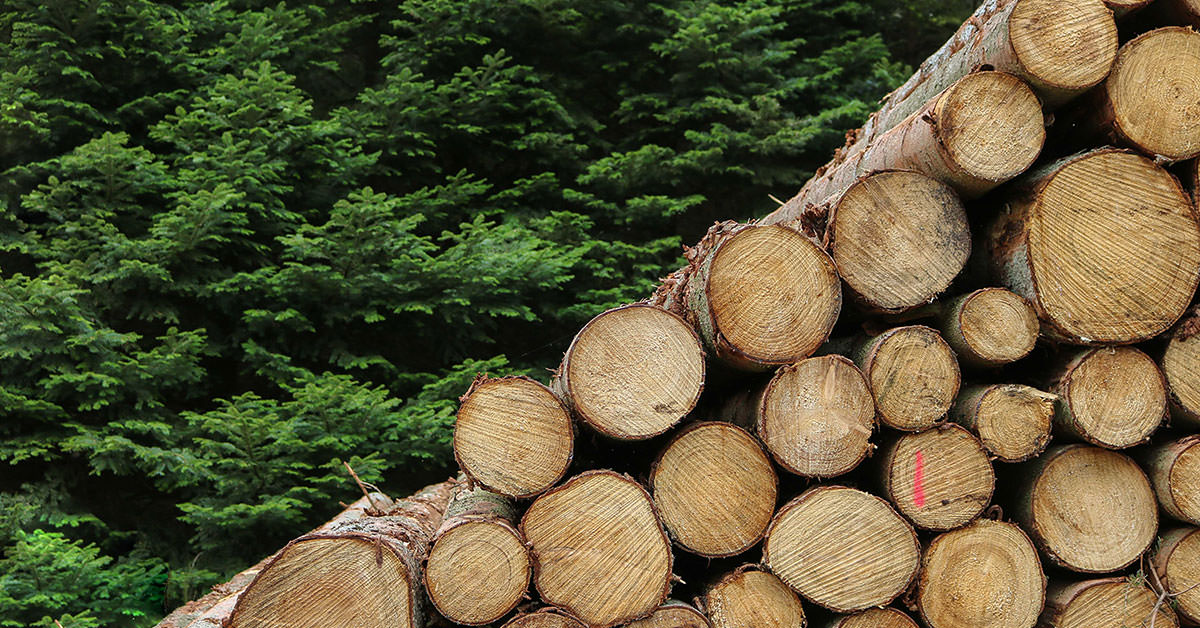Understanding Blockchain Technology: Ethical Sourcing

Concluding the Blockchain Series
Blockchain is a decentralized means of collecting, recording, encrypting, and tracking transaction data in the form of digital signatures and unique identifiers called hash. Each hash is different even if the transactions that are recorded in each block may be similar.
The technology can make it easy and seamless to record and track data transactions in industries ranging from finance to mining to healthcare.
On January 29, 4 Concordia MBA Business Policy teams presented on 4 different applications of blockchain, and we are highlighting each presentation here in a 4-part series.
In Part 1, we discussed the application of blockchain technology in improving firearm tracking.
In Part 2, we highlighted the application of blockchain technology in streamlining commercial real estate investment and empowering individual investors.
In Part 3, we examined the potential use of blockchain to save lives by addressing the opioid crisis.
This week, we discuss the potential use of blockchain in encouraging ethical sourcing of lumber and other raw materials.
Using Blockchain to track responsible sourcing of lumber
“Look at this door,” Anthony Bollinger marvels, gripping the wooden door panel of the Business Policy classroom with both hands.
“With blockchain, we could track exactly where it came from!”
“Theoretically,” he adds as he steps back from the doorway to rejoin his team.
Bollinger led the MBA Business Policy team that researched and presented on the application of blockchain in tracking responsible sourcing of raw goods.
What is responsible sourcing?
Responsible sourcing means ensuring that lumber is not being sourced from animal habitats, very old forests, tribal lands, or protected lands.
Bollinger’s team presented on FSC (Forest Stewardship Council), one of the companies working to ensure eco-friendly sourcing of forest products. When a tree leaves an FSC certified forest, it is marked, scanned, and numbered, allowing better tracking.
The challenge for companies like FSC, according to Bollinger, relates to the difficulty with handling lumber.
Sawdust and shavings from lumber make it difficult to track.
It can be time consuming and labor intensive to handle lumber.
It is paperwork intensive and requires tremendous oversight to ensure accuracy.
In addition, it requires individuals employed in the supply chain to be certified to handle lumber and to have every invoice and transaction tracked.
How Blockchain Solves the Problem
Blockchain technology can create a simplified tracking system for lumber.
Each piece of lumber would be assigned with a barcode, and every transaction incurred through its lifetime would be recorded in the blockchain digitally.
This sort of system already exists in similar industries. IBM, for instance, helps jewelers like Helzberg to track sourcing of diamonds, minimizing the risk of perpetuating blood diamonds.
In Ethiopia, Moyee has developed a blockchain tracking system for coffee to ensure that Ethiopian coffee farmers are compensated fairly. Moyee wants to take blockchain to an even higher level, allowing consumers to tip the sourcing farmers directly when they buy their coffee.
If implemented in the lumber industry, blockchain technology could in fact, as Bollinger claimed, allow us to track the sourcing of the tables and doors in our CTX classrooms.
